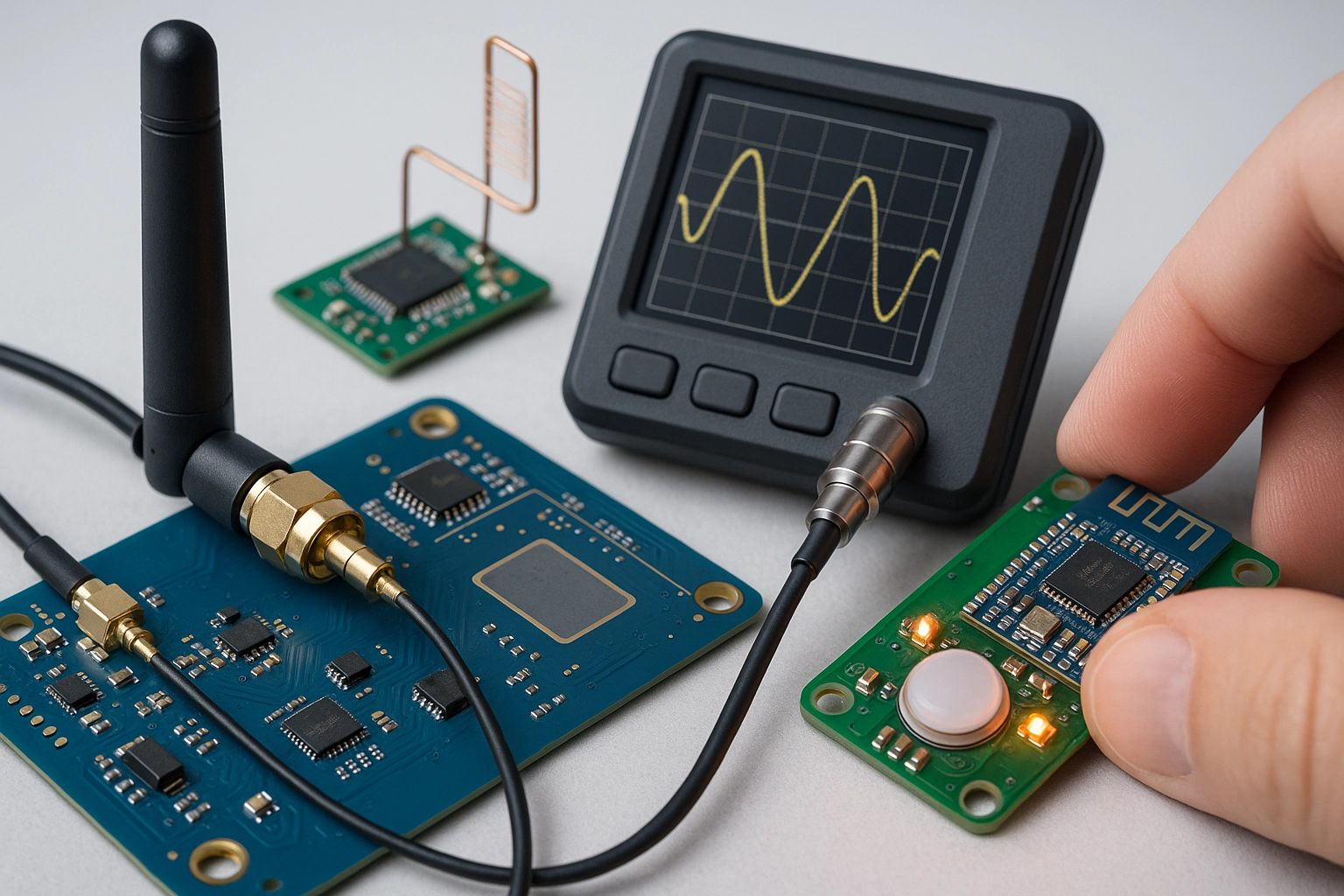GB T 31024 Vehicle Wireless Communication Performance Test
The GB/T 31024 standard is a critical part of China’s efforts to ensure the safety and reliability of vehicle wireless communication systems. This test evaluates the performance of vehicle-to-everything (V2X) communication, which includes vehicle-to-vehicle (V2V), vehicle-to-infrastructure (V2I), and vehicle-to-pedestrian (V2P) communications.
The standard is designed to ensure that wireless communication systems in vehicles meet the necessary performance criteria for safe operation on public roads. By conducting this test, manufacturers can demonstrate compliance with national regulations and improve their product reliability and safety.
Wireless communication technology is a cornerstone of modern automotive development, enabling advanced features such as automatic emergency braking (AEB), lane-keeping assistance systems, and connected car services. Ensuring the robustness and performance of these systems is essential for both manufacturers and consumers.
The test involves several stages, including initial setup, signal strength measurement, data throughput analysis, error rate testing, and environmental interference evaluation. Each stage requires precise instrumentation and a controlled environment to ensure accurate results.
Manufacturers must follow specific procedures when preparing specimens for the test. This includes ensuring that all wireless communication components are installed correctly and that vehicles undergo a period of in-field testing to simulate real-world driving conditions. The use of standardized test protocols ensures consistency across different manufacturers and models.
The GB/T 31024 standard emphasizes the importance of interoperability between different vehicle systems. This is crucial for ensuring that all components work together seamlessly, even when operating in diverse environments or with multiple types of vehicles. Interoperability testing involves simulating various scenarios to assess system performance under different conditions.
One key aspect of this test is the evaluation of error rates and data throughput. By measuring these parameters, manufacturers can identify potential issues in their systems early on, allowing for timely corrections. This not only improves product quality but also enhances user confidence and satisfaction.
The environmental interference evaluation is another critical component of the GB/T 31024 test. It assesses how well a vehicle's wireless communication system can operate in different environmental conditions, such as urban areas with high electromagnetic interference or rural settings where signal strength may vary. Ensuring that systems perform consistently across various environments is essential for their reliability and effectiveness.
| Stage | Description |
|---|---|
| Initial Setup | The initial setup involves configuring the test environment and ensuring all necessary equipment is calibrated. This includes positioning antennas correctly, setting up signal generators, and connecting data acquisition systems. |
| Signal Strength Measurement | This stage focuses on measuring the strength of signals transmitted between vehicles and infrastructure. It ensures that communication is strong enough to support reliable operation. |
| Data Throughput Analysis | Data throughput analysis assesses how efficiently data can be transferred over wireless channels. This helps identify bottlenecks or areas where performance could be improved. |
| Error Rate Testing | Error rate testing evaluates the accuracy of transmitted information. High error rates indicate potential issues that need to be addressed for better reliability. |
| Environmental Interference Evaluation | This final stage examines how well a system performs in different environmental conditions, ensuring it remains robust and reliable under various circumstances. |
Why It Matters
The GB/T 31024 test is essential for several reasons. Firstly, it helps ensure that wireless communication systems in vehicles meet the necessary performance criteria set by national regulations. Compliance with these standards is crucial for manufacturers who want to sell their products domestically and internationally.
Secondly, conducting this test allows manufacturers to identify and address any issues early on in the development process. This not only improves product quality but also reduces costs associated with post-launch recalls or repairs. Early detection of problems can save significant amounts of time and money by preventing them from becoming more severe.
Thirdly, the test plays a vital role in enhancing user confidence and satisfaction. When consumers know that their vehicles have undergone rigorous testing to ensure safe and reliable wireless communication systems, they are more likely to trust the brand and recommend it to others.
In addition, compliance with GB/T 31024 can provide an advantage in competitive markets by demonstrating a commitment to quality and safety. This can help manufacturers differentiate themselves from competitors who may not follow such stringent testing protocols.
Lastly, the test supports ongoing innovation within the automotive industry. By continuously improving their systems through rigorous testing, manufacturers can push the boundaries of what is possible in terms of vehicle connectivity and communication capabilities. This leads to new features and services that enhance both safety and convenience for drivers and passengers alike.
Competitive Advantage and Market Impact
- Ensures compliance with national regulations, providing a level playing field for all manufacturers.
- Identifies potential issues early in the development process, saving time and money.
- Enhances user confidence and satisfaction by demonstrating commitment to quality and safety.
- Differentiates products from competitors who may not follow such stringent testing protocols.
- Promotes ongoing innovation within the automotive industry.
- Aids in regulatory compliance, which is becoming increasingly important as governments around the world implement more stringent standards for vehicle wireless communication systems.





